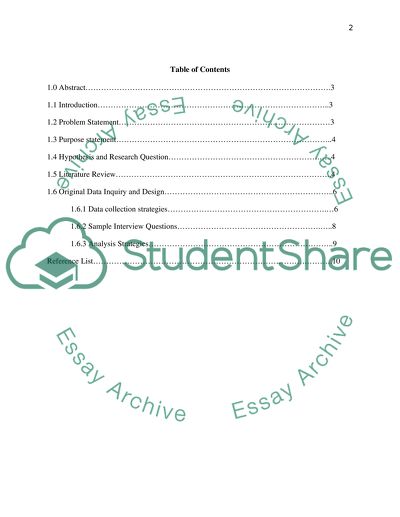Cite this document
(“TESOL - Teaching English as a Foreign/Second Language Essay”, n.d.)
TESOL - Teaching English as a Foreign/Second Language Essay. Retrieved from https://studentshare.org/education/1554749-tesol-teaching-english-as-a-foreign-second-language
TESOL - Teaching English as a Foreign/Second Language Essay. Retrieved from https://studentshare.org/education/1554749-tesol-teaching-english-as-a-foreign-second-language
(TESOL - Teaching English As a Foreign/Second Language Essay)
TESOL - Teaching English As a Foreign/Second Language Essay. https://studentshare.org/education/1554749-tesol-teaching-english-as-a-foreign-second-language.
TESOL - Teaching English As a Foreign/Second Language Essay. https://studentshare.org/education/1554749-tesol-teaching-english-as-a-foreign-second-language.
“TESOL - Teaching English As a Foreign/Second Language Essay”, n.d. https://studentshare.org/education/1554749-tesol-teaching-english-as-a-foreign-second-language.


